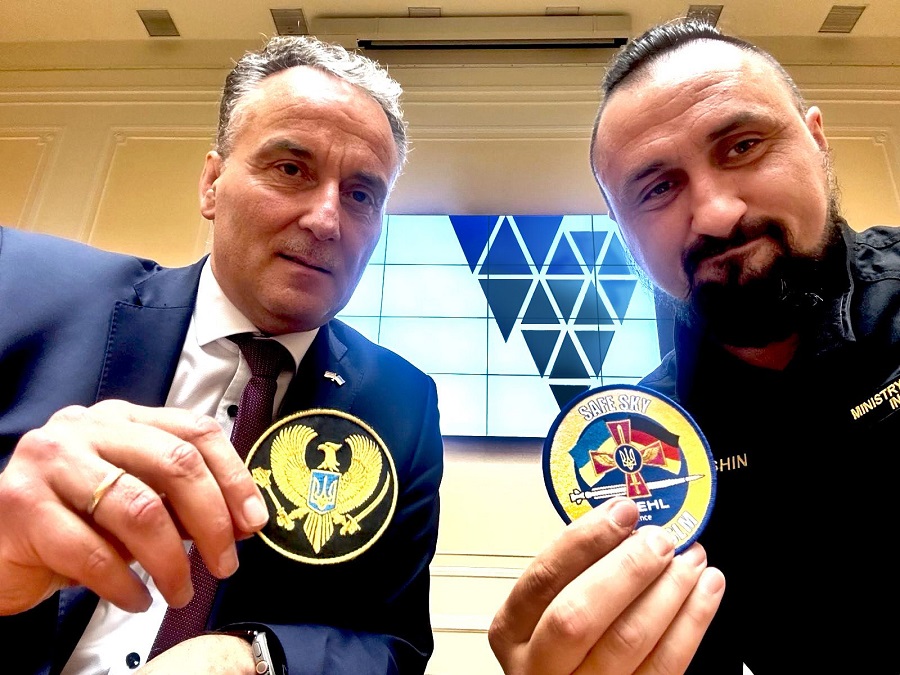“Maintaining communication with our deployed forces during hostility gives us a tactical edge on the battlefield,” said Justin Bruner, PTS-P Program Manager at the US Space Force. “Our adversaries are always attempting to deny our ability to communicate. On-board, autonomous, real-time nulling of jammers greatly enhances our resiliency, ensuring the United States and our allies can provide our warfighters with secure, reliable communications in a contested environment. Boeing has made significant strides in the development and execution of a nulling algorithm with flight-like firmware, demonstrating agile anti-jam capability. PTS-P and all of our Protected Anti-Jam Tactical SATCOM (PATS) programs are critical to this effort.”
PTS-P will provide space-based processing of the Protected Tactical Waveform (PTW), the US military’s jam-resistant waveform. Boeing’s solution uses software-defined beam-shaping to geolocate and actively suppress jamming in real-time, with thousands of data points gathered every second.
The hardware-software integration demonstration featured a number of simulations where an adversary attempted to block a user’s communication, including situations with numerous simultaneous jamming attempts. In every simulation, the Boeing-built prototype autonomously mitigated highly-dynamic jamming attempts and preserved connectivity, including situations where the user was in close proximity to the interference source.
The US Space Force has dubbed PTS-P a “pacesetter program” to signify the rapid prototyping approach and quick delivery timeline under the Space Enterprise Consortium’s (SpEC) OTA contracting mechanism. Additional PTS-P hardware and software demonstrations are planned in the coming months, with host vehicle integration set to begin early next year.
“The Space Force understands these rapid prototyping programs are needed to maintain technical and space superiority,” said Troy Dawson, vice president, Government Satellite Solutions at Boeing Defense, Space & Security.
“We are innovating to meet the needs of the evolving threat. This requires us to try things that we’ve never tried before, moving quickly, failing quickly, and ultimately fielding first-of-its-kind technology that is ready for the rigors of the battlefield. Our efforts on PTS-P are setting the pace, and blazing a trail that I anticipate many more national security programs will follow.”
Boeing’s PTS-P solution is scalable and hostable on both commercial or government space vehicles. The team has completed several hardware and software demonstrations, working towards a 2024 launch and ensuing on-orbit demonstrations.























